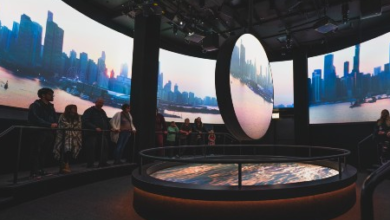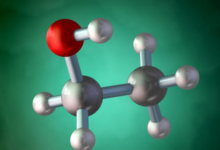TOGAF Standard 9.2 : A Complete Guide
In the length of the company’s architectural framework, TOGAF ®se is not the first and it can’t be the last. But it is one that has almost two decades, with use throughout the world – impressive achievements in the current technology landscape. TOGAF® is an acronym for open group architecture framework and developed by open groups, non-profit technology industry consortiums that continue to update and repeat TOGAF®.
Table of Contents
Understand the architecture of the company
TOGAF is an architectural framework – open group architecture framework. TOGAF provides methods and tools to assist acceptance, production, use, and maintenance of architectural companies. This is based on the iterative process model supported by best practices and a series of existing architectural assets that can be reused.
The company’s architecture refers to holistic views and other software and technology approaches throughout the company, or company.
Usually, the company’s architecture is not only the structure to regulate all kinds of internal infrastructure. Instead, the aim is to provide a real solution for business needs through analyzing, designing, planning and implementing the right technology in the right way.
What is the architecture in the Togaf context?
ISO / IEC 42010: 2007 Defines “Architecture” as:
“The fundamental organization of a system, which is contained in its components, their relationships with each other and the environment, and the principles governing their design and evolution.”
TOGAF embraced but did not really adhere to the terminology given. In TOGAF, “Architecture” has two meanings depending on the context:
Formal description of a system, or a detailed plan of the system at the component level to guide its implementation
Component structure, inter-their relationship, and principles and guidelines that regulate their design and evolution from time to time
In your TOGAF, basically, an effort to achieve a balance between promoting concepts and terminology ensures that the use of the term is consistent with the standards – and maintain other terminologies accepted in general familiar with the majority of Togaf readers.
What kind of architecture is Togaf handled?
There are four architectural domains that are generally accepted as a set of parts of the overall company architecture, all of which are designed to support:
Business architecture defines business strategies, governance, organizations, and main business processes.
Data architecture describes the structure of the organization’s logical and physical data and data management resources.
Application architecture provides blueprints for individual application systems to be deployed, their interactions, and their relationship with the organization’s core business process.
Technology architecture describes logical software and the hardware capabilities needed to support the deployment of business, data, and application services. These include IT infrastructure, middleware, networks, communication, processing, standards, etc.
More, the company’s architecture also includes additional business needs such as business process management and data analysis. The purpose of the organized company architecture, then, is to successfully implement business strategies with efficiency, efficacy, agility, and security.
If all this sounds like it can be complicated – designing and implementing a clear long-term solution for all company software in a way that solves business needs – it’s because of that. That is why the Enterprise Architecture (EAFS) frameworks began to emerge informally and formally, for five decades ago.
Togaaf history and facts
As part of the computer architecture, the company’s architecture as the date field returned to the mid-1960s. IBM among companies and other universities pioneered several explicit ways to build company architecture, knowing that all pieces involved in running complicated networks.
Over the next few decades, technology only becomes more complicated: today, most companies, regardless of size or product, use the internet to make their business processes easier, faster, and sometimes more transparent. At present, the company’s architecture is the process needed to understand various hardware and software options, at the location and in the cloud, and to ensure security when sharing data on multiple platforms.
TOGAF® was originally developed in 1995. Just as in the field of company architecture at the time, a newer version or model offers increased iteration and theory. Likewise, TOGAF® took a lot of inspiration from the EAF of the US Department of Defense, called the technical architectural framework for information management, or in short Tafim. Interestingly, the USDOD stopped using Tafim in several years of the appearance of TOGAF. However, the implementation and success of TOGAF® continues throughout the world today, more than 20 years later.
TOGAF approach to EAFS
Open Group defines TOGAF® as a “de facto global standard for company architecture”. This framework is intended to help companies manage and overcome all critical business needs through four goals:
Ensure all users, from the main stakeholders for team members, speak the same language. This helps everyone understand the framework, content, and goals in the same way and get all companies on the same page, breaking any communication barriers.
Avoid “locked” with exclusive solutions for company architecture. As long as the company uses TOGAF online training internally and not against commercial purposes, a free framework.
Save time and money and utilize resources more effectively.
Achieving a refund (ROI) that can be proven.






